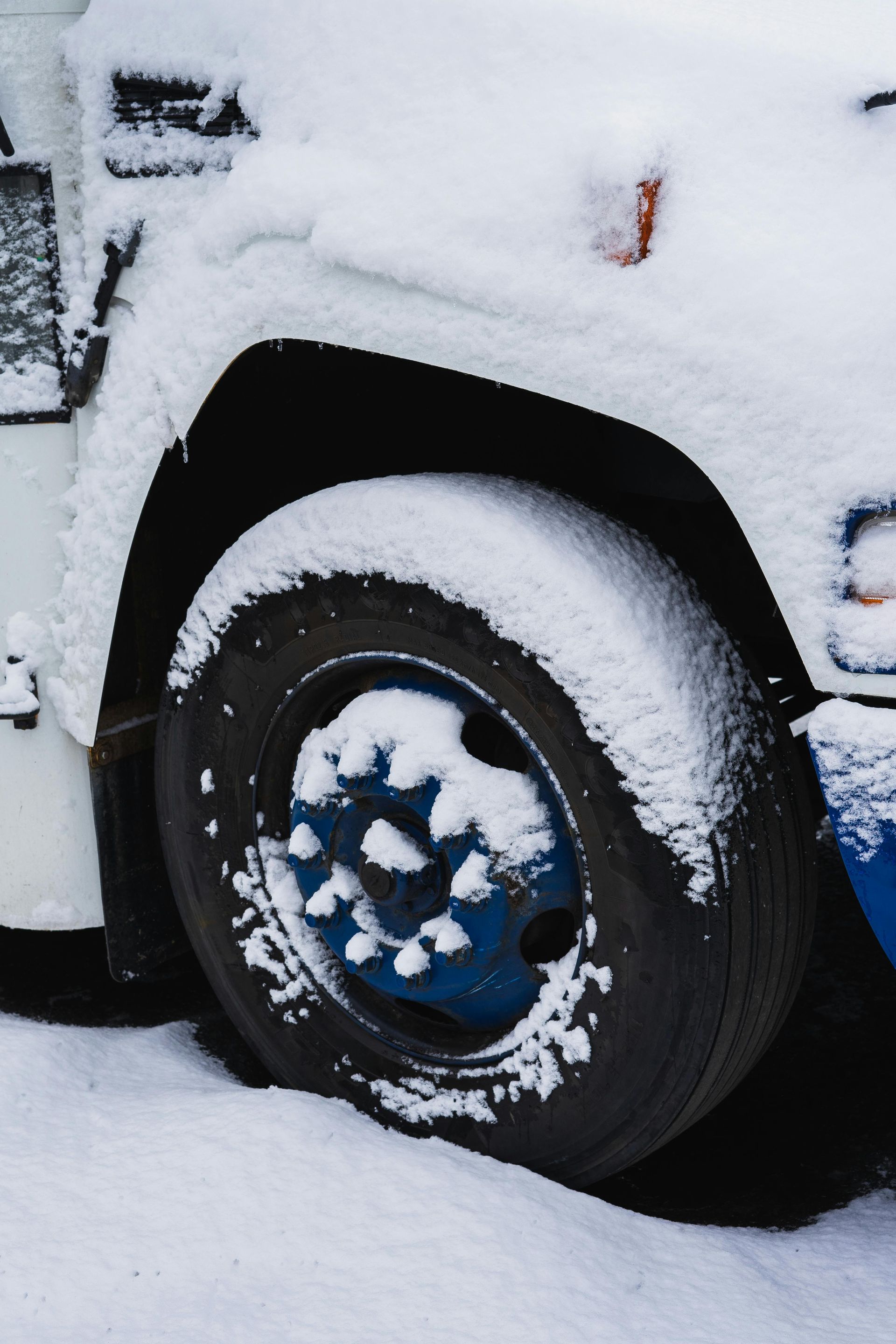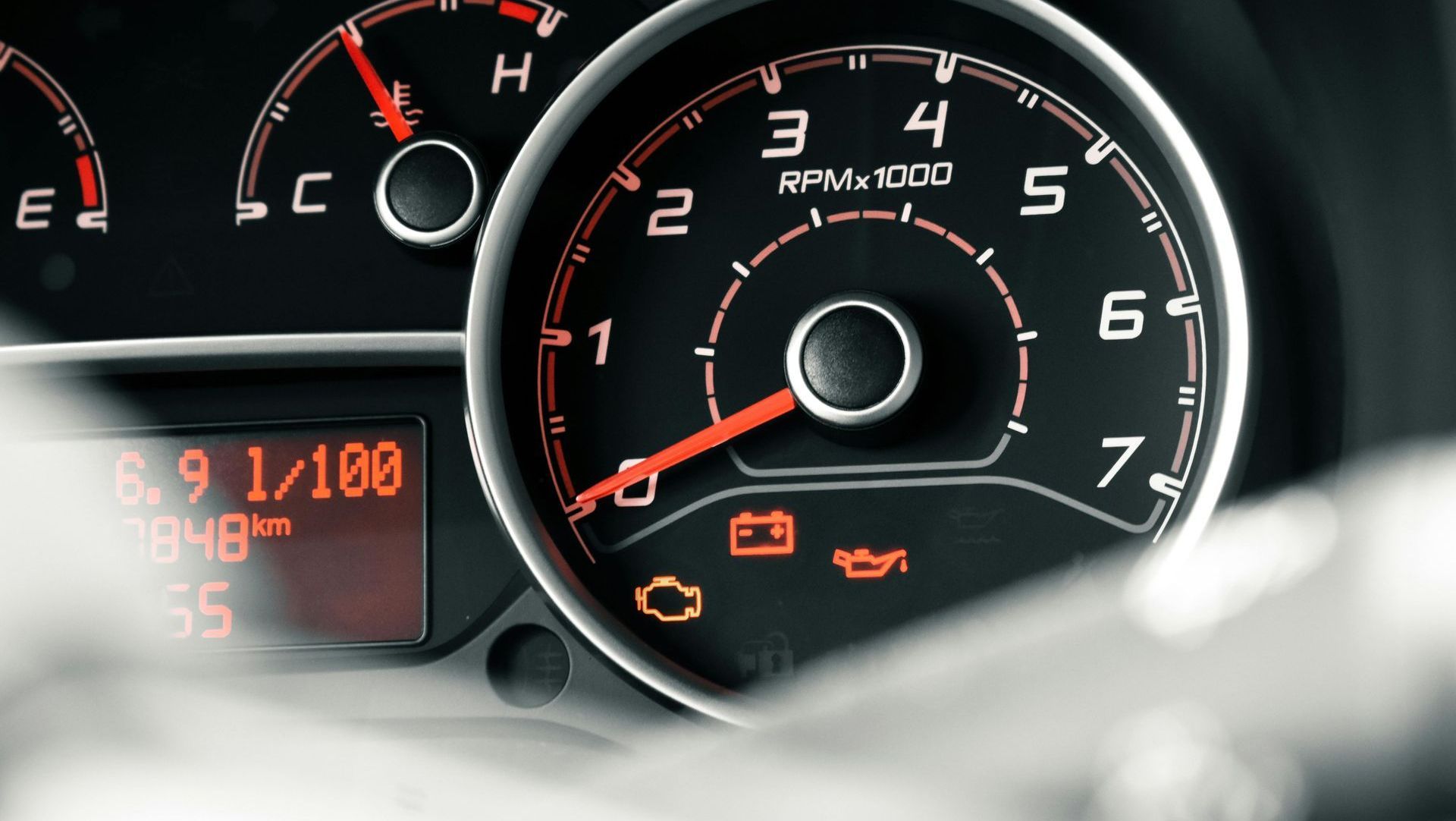MOT – what’s checked during an MOT and how to avoid common failures
MOT Requirements
Every year, drivers across the UK face the MOT test – a legal requirement to ensure vehicles meet road safety and environmental standards. But what exactly is checked during an MOT, and how can you avoid the most common reasons for failure?
Whether you’re a first-time vehicle owner or simply want to stay ahead of potential issues, understanding the process can save you time, money, and stress. Here’s everything you need to know.
What is an MOT?
The MOT (Ministry of Transport) test is a mandatory annual check for vehicles over three years old. It ensures your car is roadworthy, safe, and compliant with emissions regulations. Without a valid MOT certificate, it’s illegal to drive your car – and your insurance could be invalid.
What Gets Checked During an MOT?
A certified MOT tester will inspect multiple areas of your vehicle, including (but not limited to):
- Lights and Signalling
All headlights, indicators, brake lights, and number plate lights must work correctly and be the right colour and brightness. - Brakes
One of the most vital checks. The brakes must perform well and not show signs of wear, corrosion, or imbalance. - Tyres and Wheels
Tyres must have at least 1.6mm tread depth across the central three-quarters and no cuts, bulges or damage. - Suspension and Steering
The tester will check the vehicle’s suspension system for wear, leaks, and general functionality. Steering should be responsive and fluid. - Windscreen, Wipers and Washers
The windscreen must provide a clear view of the road. Wipers and washers need to function properly and be filled with screen wash. - Exhaust and Emissions
Emissions must fall within acceptable limits. A noisy or visibly leaking exhaust will be flagged. - Seatbelts and Seats
All seatbelts must work correctly and lock into place. Seats should be securely fitted and adjustable. - Bodywork
Sharp edges or excessive rust can lead to a fail, especially if they affect vehicle structure or safety. - Registration Plate and VIN
Your number plates must be legible and meet regulations. The Vehicle Identification Number (VIN) should match DVLA records.
How to Avoid Common MOT Failures
Over a third of MOT failures could be avoided with some simple checks before your test. Here are tips to help you pass first time:
1. Check Lights Weekly
Ask someone to help check all your exterior lights, or use reflections in windows or mirrors. Replace any blown bulbs ahead of the test.
2. Top Up Fluids
Ensure screen wash, oil, and brake fluid are all at appropriate levels. Low fluid levels could result in a fail or advisory notice.
3. Check Tyre Condition and Pressure
Use a 20p coin to check tread depth (if the outer band of the coin is visible, it’s too low), it is always best and more accurate though to use a certified depth gauge. Inflate tyres to the correct pressure listed in your manual.
4. Listen for Noises When Driving
Clunks or squeaks could indicate issues with suspension or brakes. Get them checked early to avoid a last-minute failure.
5. Clean the Car – Inside and Out
A dirty number plate, cluttered footwell or obstructed windscreen view can lead to a fail. It also helps show the tester you care for your vehicle.
6. Fix Warning Lights
Any dashboard warning light that stays on – such as ABS, engine, or airbag – will result in an immediate failure.
Final Thoughts
An MOT doesn’t have to be stressful. Regular maintenance and a quick pre-check can go a long way toward ensuring your car is safe, legal, and test-ready. If you’re unsure, feel free to pop in and have a chat with us around your MOT.
Taking a bit of time to prepare not only boosts your chances of passing first time, but it also gives you peace of mind on the road.
Legal Disclaimer:
The information provided in this article is for general informational purposes only and does not constitute professional automotive, legal, or safety advice. While we strive to offer accurate and up-to-date content, we make no warranties or guarantees regarding the completeness, reliability, or suitability of the information. Readers should consult a certified mechanic or relevant professional before taking any action based on this content. Under no circumstances shall we be held liable for any damages, losses, or legal claims arising from the use or misuse of the information presented here.




